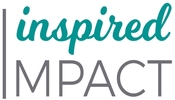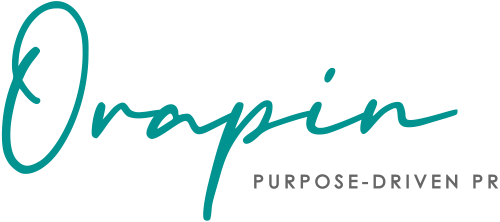 INSPIRED IMPACT™ gives voice to social entrepreneurs and leaders of purpose-driven organizations who are making an impact in their communities, industries, and around the world.
INSPIRED IMPACT™ gives voice to social entrepreneurs and leaders of purpose-driven organizations who are making an impact in their communities, industries, and around the world.
Chris Ennis is Chief Technology Officer of OpiSafe headquartered in Denver, CO. Follow them on Facebook, Twitter, and LinkedIn and learn more at opisafe.com.
WHO ARE YOU AND WHAT DO YOU DO?
I’m Chris Ennis, chief technology officer and co-founder of OpiSafe. OpiSafe has been around since 2013 and we originally set out to solve what we found to be some fundamental issues in the healthcare system directly as it relates to medications – how they’re prescribed, how they’re handled, and how patients are handled once they’re prescribed medication from a doctor. We started off focused on patients who were taking medications for behavioral health-related matters such as depression and anxiety. Monitoring those patients more proactively, looping in the providers when we would sense that there were potential issues such as the patient’s not satisfied with their medication, the patient stops taking the medication or the patient experienced some side effects.
What we typically find in healthcare, is that there’s an enormous cost associated with when patients take medications or are assigned to take medications and then don’t do so as they’re prescribed. The end result is those patients end up back in the place they started which creates a consistent loop where the patient isn’t getting better and it’s costing the patient and it’s costing the healthcare system in general. In 2015, we pivoted a little bit recognizing that we could take the same processes we were building for monitoring and managing patients being treated for depression and anxiety and apply them to patients in chronic pain programs or in addiction programs as well. We quickly found that we could create more compliances and better use of best practices when prescribing for patients who were receiving opioids than if we didn’t use those same methods. So, that’s where we are today. We’re essentially a platform that provides prescribers with a service that allows them to check off all the boxes and aggressively monitor and respond when there are potential issues that do arise. So the folks who are in chronic pain programs can stay in chronic pain programs and, additionally, if we find patients who are at risk of being dependent on those opioids as part of a use disorder, which is our term for addiction, we can get those people out of those pain programs and into addiction programs more effectively than we’ve been able to do previously. It’s a very large idea in terms of how we solve the opioid epidemic and we’re attacking it on all fronts.
WHAT DO YOU STAND FOR? WHY DOES THE WORLD NEED YOU?
OpiSafe, at its very core, is a company that’s designed to empower prescribers to make better prescribing decisions. In addition, it’s to empower anybody who has a stake in what is now the opioid epidemic or opioid crises in the United States. That could be prescribers, that could be behavioral health counselors, that could be law enforcement who comes across an individual who may have overdosed and they have to administer Naloxone and get those people back to life. At our core, we have a firm belief that there is enormous power in data. Enormous power in collecting data and using data as a means to shine a light on situations that may put individuals at risk before those individuals ever reach that threshold where it goes from potential risk to danger.
WHAT IMPACT ARE YOU MAKING?
Impact is broad, and to assess impact you have to understand how the opioid crisis formed. We got into this situation through a healthcare system that is designed to promote and reward efficiency and time spent as opposed to quality. When you walk into a doctor’s office, they put you into a room and it feels like you sit there forever, but you’re really not there forever. In relation to the amount of time you spend face-to-face with somebody and the amount of time you’re just sitting there waiting for somebody to come in or go out and come back in, it really does feel like forever because you may spend 25 to 30 minutes in that room. But the reality is, the amount of time you spend face-to-face with the clinician is probably somewhere in the range of 7-10 minutes. Based on the amount of time in a day, doctors or practitioners can’t spend more than 10-11 minutes per patient and have a profitable business – and, for the most part, that’s what it is, a business. Doctors essentially have to figure out what’s going on and treat you within 10 minutes and send you on your way, as opposed to spending 30 minutes with you going through a much more complete diagnostic profile to figure out the best path forward.
Unfortunately, that’s just not how our system works. So we designed our platform of services to meet that head-on and our impact starts at, “Can we give all this information to a provider and do so while giving them back two to three minutes?” On average, we give prescribers who use our platform about 2.5 minutes back for every patient they see, while also giving them better information. We believe long term, that our impact is not just helping doctors make better decisions when they prescribe, it’s better outcomes down the line for someone who has suffered from depression, anxiety, stress, or any number of different behavioral health-related issues. We are affecting millions of lives by creating an automated clinical workflow that is databased and provides a history that currently is only pulled together manually. Our vision is to reshape a significant part of the healthcare experience.
WHAT (OR WHO) INSPIRES YOU TO MAKE THIS IMPACT?
For me personally, I got started in this by happenstance 20 years ago. I worked for several large tech companies during the dot.com bubble and along the way got disenchanted with the whole thing. I decided to leave very good-paying jobs and took a job at a nonprofit mental health center in Nashville, Tennessee, making about a third of what I was making at those tech companies. I did so because I felt like I needed a reset and to have something with a little bit more substance than what I felt I was getting out of the gigs I was doing at the time. That experience has inspired me – working in a community-based behavioral health system dealing with homelessness, jail diversion populations, safety-net populations, and folks that are the most vulnerable of us all when it comes to the issues they face, the history they have, and how that feeds into those issues. I saw how the system has been on a downward trajectory and is failing and recognized that at a high level it’s a problem for all of us, but at the lowest level, it fails individuals on a daily basis. It fails people in your own family, it fails people you grew up with, it fails people that you’ve known all of your life, and that’s a very personal experience. I am totally driven by the idea that we – myself and people like me in the tech world – have certain skillsets that allow us to make differences and create the change that’s really necessary. I am a very firm believer in using the technical and business acumen I’ve acquired through doing this for years and years to make a huge difference for those individuals who may otherwise not know how to solve problems like this because they have a hard enough time just living in it from day to day. That’s a huge motivator for me, being able to put my experience and expertise to use to actually create positive change for lots of people.
WHAT’S YOUR VISION, YOUR BIG DREAM, FOR THE COMPANY AND THE IMPACT YOU WANT TO MAKE?
Our big vision is to make it easy for providers to essentially be air traffic controllers for patients who need any sort of treatment when it comes to behavioral health-related issues or issues that may eventually result from a medication they’re prescribed such as dependency or addiction. And, our aim is to do so in such a way where the patient can have some ownership in that as well. We want to utilize technology to help bring everything together in a unified manner where the doctor can instantly have something in front of him that shows him what’s going on and what’s recommended and a button he can click that goes through and aggregates what needs to be complied and then takes the action to pass things off. For example, say you have a person in the emergency department at 2 a.m. in Denver and they need treatment for a substance use disorder. Imagine a provider having the information at his fingertips to seamlessly connect the patient to someone who can put them into treatment in two hours, based upon our service accessing treatment providers schedules and identifying that there is someone available to see them. If we know what their insurance is we can even go as far as saying this person doesn’t have transportation, let’s see if their insurer will reimburse for them being put into an Uber or Lyft and, if they will, our system would automatically order one and set the origination and destination. When the doctor clicks that button, it will do all of that seamlessly. That’s the big vision. If you can do all those different things in a matter of seconds, you’ve suddenly given the provider more time to spend with a patient as well as the ability to redistribute some of that saved time across the board with all of their other patients. In essence, we’ve created a good outcome for the patient who needed a lot of attention in that moment as well as a scenario where there is a benefit that can be shared across the board with every other patient that provider sees in a given day.
WHAT CHALLENGES ARE YOU FACING?
One challenge is that we can never have enough great engineers to work with and that’s a constant challenge in this market. However, we may have it a little easier than most because we have a compelling story that aligns with what most of the engineers we’ve talked to or hired want to do and the impact they want to make.
Another challenge we struggle with is regulatory. The federal government has a $6.5 billion budget allocated for the opioid crises and states also have additional funds targeted towards the opioid crisis. There are now pharmaceutical settlements starting to happen with billions of dollars flooding in and people are looking for ways to solve this problem. One of the biggest challenges is getting everyone aligned because so often these funds go to different agencies and you’d be shocked how little correspondence they have with one another or alignment on what they are doing. As a private company, we sometimes find ourselves being the conduit between all those different organizations because we have an easier time wrangling them than they do wrangling themselves because of the bureaucracy of it all.
Also, trying to stay in front of everything that established healthcare is doing with regard to electronic health record systems is another challenge. It’s a very big business and we’re working to get these folks aligned in such a manner that they’re not a roadblock and essentially see us as a tool that can assist everybody, including them in their business models.
Additionally, we are a startup and have been fortunate to not need to raise a lot of capital. But, that’s certainly something we may have to deal with in the future and that’s another obstacle altogether. Facing the fundraising game and questions of when we do it and how much we do of it? We’ve been fortunate to not have to raise money so far, but it’s always one of those hurdles we face as a startup.
WHAT WORDS OF ADVICE DO YOU HAVE FOR OTHER LEADERS LOOKING TO MAKE AN IMPACT?
Be stubborn. Be unforgiving. Contradict every rule, everything you are told that you can’t do. There seems to be a lot more feedback in this world of “oh, you can’t do that,” as opposed to someone saying “that should be something you can do.” I can’t tell you how many times people said “oh, that is not possible” regarding the different things we’ve done. Being stubborn and being indifferent to those who tell you you can’t do it is extremely important. Otherwise, you will consistently doubt yourself. Don’t let a good idea that could bring positive change to a large number of people never see the light of day because of what others say you can and can’t do. The reality is you know that what you are trying to accomplish is good and that it will benefit a large number of people. Don’t be afraid to do the things that will turn over the apple cart, because we can’t fix this market without actually creating a little bit of upheaval on the lake. There is so much risk adversity when it comes to the healthcare market and this industry and that has a part to play in the bigger picture of why we are where we are at this point. Be bold, be a contrarian, an anarchist, or whatever you want to call it, and don’t sacrifice what you think is the right thing for what people tell you you can or can’t do.
WHAT’S ONE THING YOU WANT PEOPLE TO KNOW ABOUT THE IMPORTANT WORK YOU’RE DOING?
We’re saving lives and we have the data to prove it. That we’ve been a part of 1,500 lives that have been saved as part of our technology. We have actual documentation out in the field of people who have overdosed and died and our platform has been part of the story of their revival and return to life. At the end of the day, what I want people to understand about what we’re doing is that we believe that we can save millions of lives. And not only save lives but make lives better in the process.
HOW CAN OTHERS SUPPORT YOU OR YOUR CAUSE?
The biggest thing that we face right now, in this behavioral health market in general, is stigma. Stigma affects everyone and even if you’re not suffering from addiction, you can still have a role to play in all of this. If you know someone who has a history of using, introduce them to our platforms. We have our OpiSafe platform for doctors and our OpiRescue platform for folks who may be at risk and need to have access to lifesaving resources when they or someone around them is experiencing an overdose. The app is totally free for Apple and Android and can be found on our website or is searchable in the app store or marketplace. Don’t be afraid to go to folks who you know may have a problem and share that information. Insist. Download the application for yourself. It’s not a scarlet letter by any means. It’s a lifesaving tool. Download the app and invite 10 people you know who may benefit from it to download it as well. We want people to understand that there are resources and tools available out there. It doesn’t make you a bad person for downloading and sharing those tools with someone who is struggling. It may make you a savior for someone to have that at a time when they may otherwise not survive. That’s really the tragedy of it all. It’s not that a person becomes addicted or is having problems and their life is spiraling out of control, it’s that oftentimes we don’t put ourselves in positions to actually be champions in their recovery and revival.
Orapin Marketing + Public Relations supports the growth and impact purpose-driven brands that are making a difference in the world. We share their stories, news, and valuable expertise to raise awareness, build trust, and enhance reputation to foster meaningful relationships with their stakeholders. If you would like to be featured on INSPIRED IMPACT™, reach out to hello@orapinmarketing.com.

